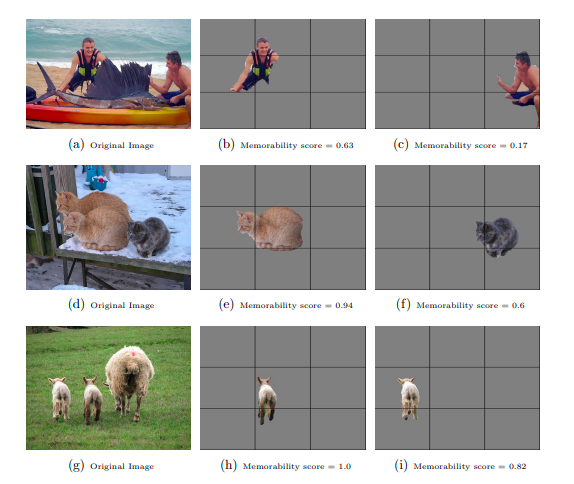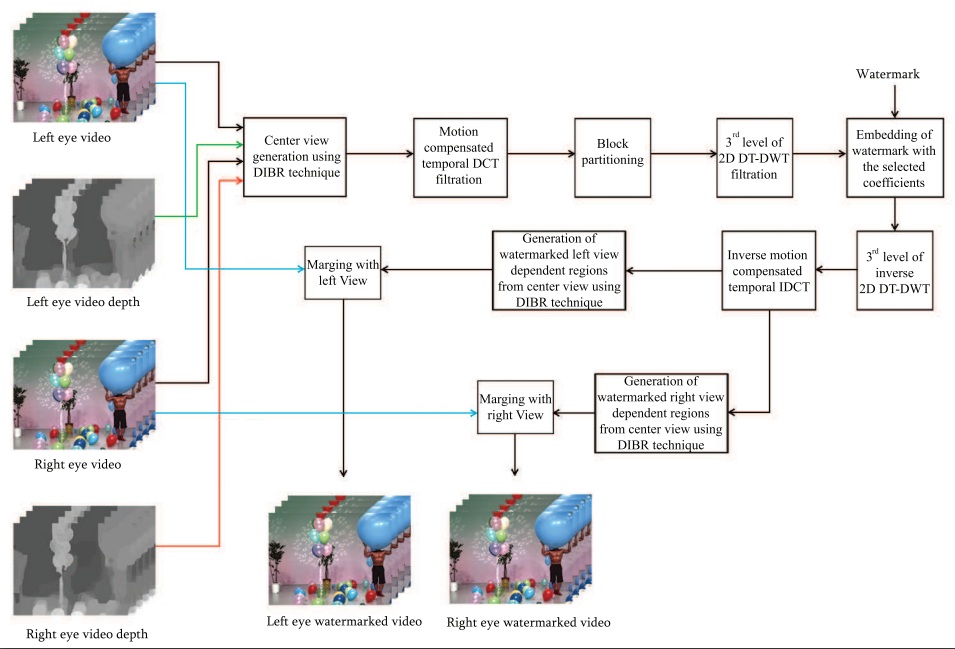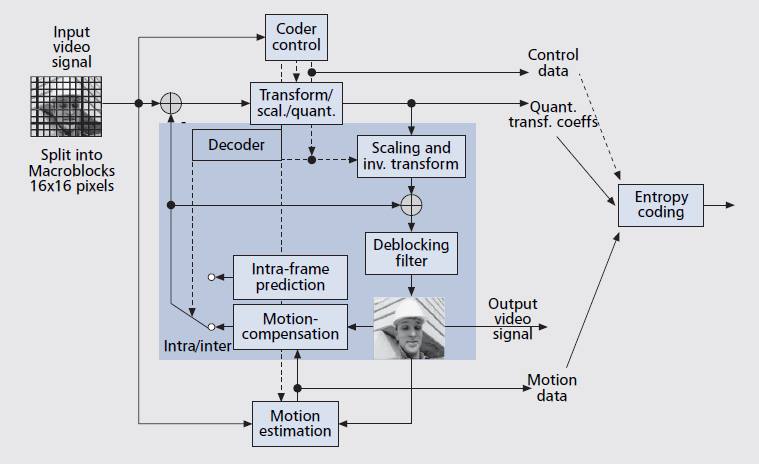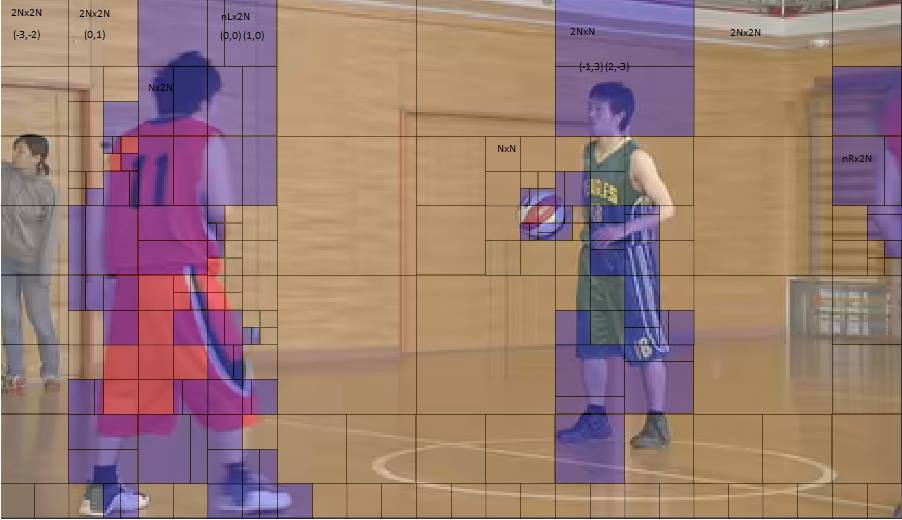Memorability Predictons using Deep Learning Techniques
In recent times, with huge advancement of artificial intelligence, computational intelligence has been emerging to make more appealing media interfaces like a smart web page, attractive advertisement, cover page of books, etc. To this end, it is required to have some object metrics which essentially describe some subjective media properties. Image or object memorability is such a metric which describes a subjective property of an image. Latest research works show that it is not an incomprehensible concept: variation in remembering images is consistent across viewers. It suggests that independent of a viewers’ contexts and biases, some images are intrinsically more memorable than others. This research work proposes few visual factors which play a major role in determining memorability at object and image levels and few deep learning based memorability prediction models are proposed to predict object and image memorability scores individually.







